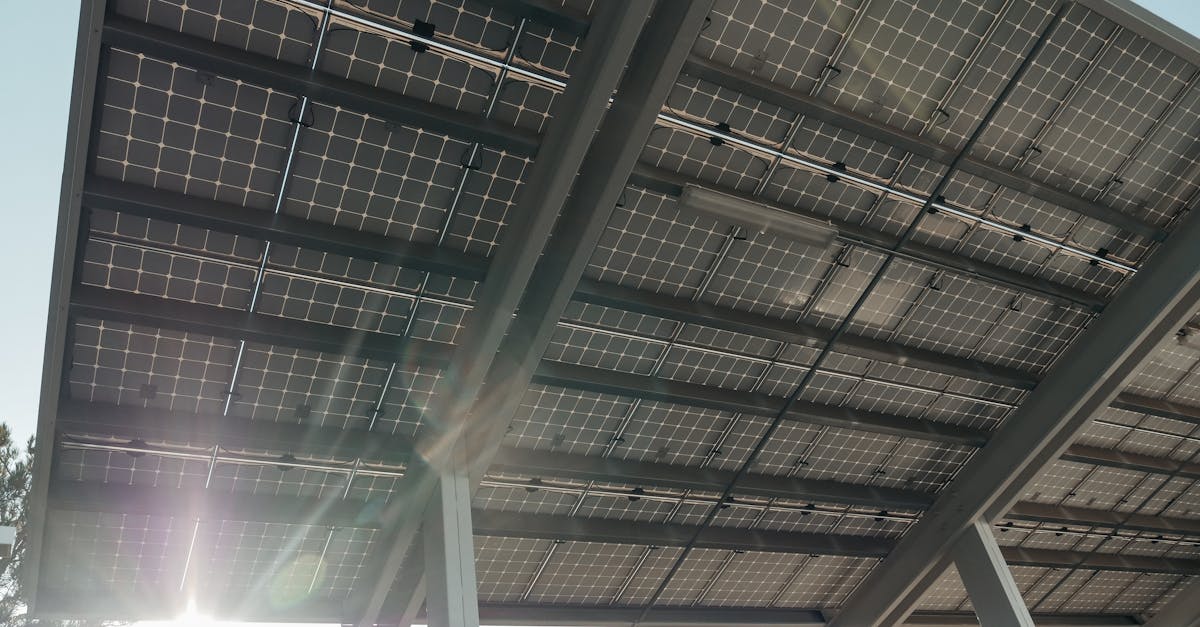Tile For Metal Roofing Replacement Sydney

Table Of Contents
Tile For Metal Roofing Replacement Sydney
In the growing landscape of roofing solutions, the transition toward tile and ceramic options for metal roofing replacement in Sydney has gained significant traction. Homeowners and builders alike are becoming increasingly aware of the benefits that these materials offer, particularly in terms of durability and aesthetic appeal. This shift has been supported not only by innovative product offerings but also by key guidance from various Roofing Trade Associations Sydney, which play a pivotal role in disseminating best practices and promoting quality standards within the industry.
As the climate in NSW continues to challenge traditional roofing systems, the search for effective and sustainable alternatives has never been more critical. The integration of tile and ceramic materials into metal roofing replacement projects helps mitigate issues such as heat retention and moisture penetration, ultimately enhancing the lifespan of roofs. With the backing of roofing trade associations sydney, builders are encouraged to explore these modern materials, ensuring that their practices align with both consumer needs and environmental sustainability goals.
Advantages of Changing to Tile Roofs to Steel
Changing to slate roofing for aluminum brings multiple benefits for homeowners. One pro is longevity. Metal roofs are known for their ability to withstand harsh weather conditions, including heavy rain, snow, and strong winds. Such a durability means into a longer lifespan compared to traditional slate options. Additionally, aluminum roofs are less heavy, making installation easier and more cost-effective for homeowners.
A further pro of changing to aluminum roofing is energy savings. Steel roofs reflect sunlight, which can help decrease cooling costs during hot summers. This not only contribute to lower energy bills, but they also promote a more comfortable indoor environment. Furthermore, many aluminum roofing options are designed to be environmentally friendly, resulting in a greener choice for homeowners looking to improve their home's sustainability.
Importance of Changing from Steel Roofing in New South Wales
Changing from aluminum roofs represents the significant decision in residents in the Sydney Area. The form of roofing provides improved durability against extreme weather conditions, which is important in this climate. Additionally, aluminum roofs require less maintenance, saving homeowners time and money over the years.
A further perk of transitioning from aluminum roofing lies in its ability to save energy. Steel roofs bounce back heat effectively, which can aid in lowering cooling costs during the hot summer months in the Sydney Area. Furthermore, these roofs are eco-friendly, often made from recycled materials and being fully recyclable at the end of their lifespan. Such combination of benefits makes the choice to transition to aluminum roofing a smart investment for residents in New South Wales.
Typical Challenges During Upgrading Ceramic Roofing to Aluminum
Upgrading slate roofs to metal can introduce several challenges for homeowners. An initial challenge involves a weight difference between slate and metal materials. Tile roofs are generally heavier, which may require reinforcements to the existing roof structure to ensure the roof can support the new material. Further, a conversion from one roofing type to the other often requires compliance with local building codes, which can add complications to the project.
A further typical issue involves a potential for leaks or gaps during the installation process. Aluminum roofs require precise fitting and sealing to prevent water infiltration, which can lead to damage down the line. Improper installation techniques may not only compromise the roof's integrity but also result in higher maintenance costs. In addition, a shift in roofing style may also affect the home’s overall aesthetic, prompting residents to consider their choices carefully before proceeding.
Ways to Overcome Problems of Roof Transition
Transitioning to a metallic roof after a tiled roof can present various challenges. One concern is the structural integrity of the existing framework. Prior to the installation, it is essential to inspect the condition of the underlying structure. Any weaknesses in the frame can lead to setbacks during the replacement process. Conducting necessary reinforcements can ensure a seamless transition to the new roofing material.
A significant issue that may arise is the adaptation of the roof's layout. Metal roofs can differ greatly in appearance compared to tiled roofs. Property owners should consider how the new roof will blend with the overall look of their home. Proper planning and consultation with roofing professionals can help in selecting a style that complements the existing structure. Such steps can greatly enhance both the efficiency and aesthetic appeal of the home.
Exploring Installation Steps for Slate to Steel Roofing Replacement
Switching a tile roofing to aluminum often is one important upgrade endeavor. The installation steps involves detailed organization and the right materials. Initially, the current roofing must be properly removed, as this guarantees the solid base for the aluminum roofing.
Next, the installation of replacement aluminum roofing may commence. This steps involves laying each aluminum panels onto the prepared system. Accurate sealing and fastening are critical to confirm water resistance and longevity. Ultimately, a concluding inspection becomes necessary to ensure all aspects remain implemented properly.
Step-by-Step Explanation of Roof Replacement Installation
Switching your tiled roof to a steel roof can look intimidating at first. However, with a detailed explanation, the process is easier. To start, it is essential to inspect the existing tile roof for any issues or vulnerabilities. Next, thoughtfully remove the tiles while making sure the underlying structure remains intact.
When the tiles are removed, fitting the metal roofing requires proper preparation of the decking. The step involves placing a moisture barrier to safeguard the roof from water damage. Then, the metal panels can be secured to the roof structure with the appropriate fasteners. To wrap up, it is imperative to ensure all seams are sealed properly to avoid leaks. Wrapping up the project involves a thorough inspection to guarantee everything is placed correctly.